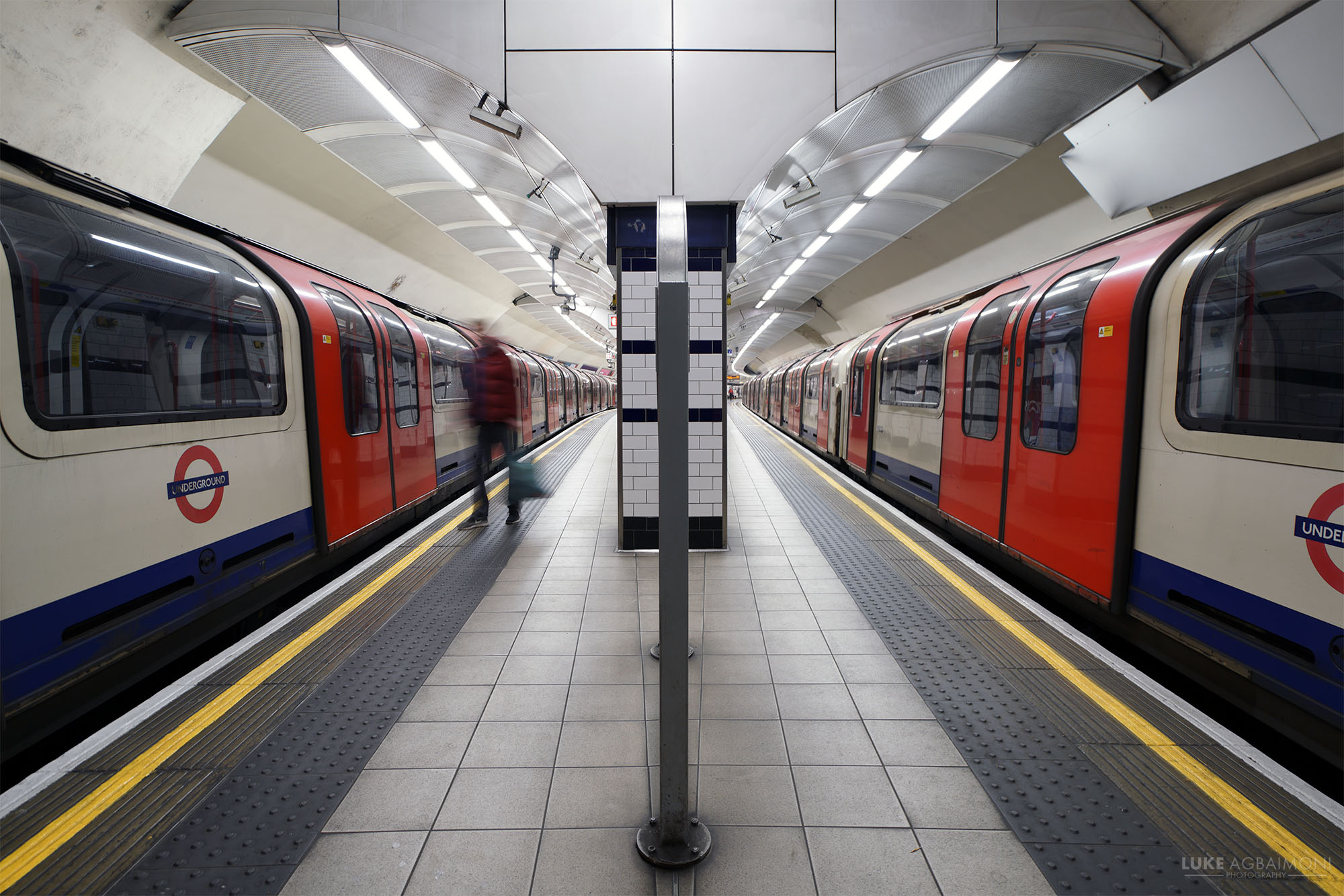
Ever wondered what lurks just inches beneath your feet as you navigate the bustling streets of America’s most iconic cities? While the world above hums with daily life, a hidden, often forgotten realm exists below, teeming with stories of ingenuity, necessity, and sometimes, outright mystery. These aren’t just damp crawlspaces or forgotten basements; we’re talking about entire underground networks, some once vibrant cities in their own right, others serving as secret lifelines for urban dwellers.
The allure of the subterranean is powerful, tapping into our primal curiosity to explore the unknown and uncover what’s hidden from plain sight. These underground spaces tell fascinating stories of survival, secrecy, and human adaptation, revealing a side of America that’s rarely seen but unforgettable once discovered. From bustling business districts carved out of limestone to eerie ghost towns sealed off by urban growth, these hidden worlds challenge our perception of what a “city” truly is.
So, get ready to dive deep with us, as we unearth some of the most incredible subterranean secrets that lie beneath the United States. We’ll be exploring a curated list of underground marvels, each with its own unique history and purpose. Prepare to be amazed by the tales of grit, innovation, and sometimes, a touch of the macabre, that define these remarkable hidden worlds.

1. **Seattle Underground, Washington**Beneath Seattle’s historic Pioneer Square lies a truly unique urban relic: a forgotten city, one that once thrived in the 1800s before a catastrophic fire and ambitious urban redesign efforts sealed it off. This isn’t just a few dusty tunnels; it’s an entire network of subterranean storefronts, sidewalks, and alleyways that tell a compelling story of resilience and reinvention. It’s like stepping into a time capsule, where the past literally exists beneath the present.
The genesis of the Seattle Underground is rooted in disaster. In 1889, the Great Seattle Fire devastated downtown, leaving much of the “Emerald City” in rubble. Rather than rebuild on the same soggy, sea-level ground, city planners decided on a radical solution: they elevated the streets by one to two stories. This ingenious, albeit drastic, move effectively buried the original ground level, creating a network of passages that remained beneath the new street grid.
Today, the Seattle Underground is one of the city’s quirkiest and most popular attractions. Visitors can explore these fascinating remnants through guided tours, where every turn reveals a piece of history. You’ll walk past iron columns, see light filtering through glass-pane sidewalk skylights, and spot antique plumbing that all silently tell tales of a gritty frontier town that rebuilt itself from the ground up, literally.
Imagine the bustling life that once filled these now-quiet passages. The tours are not only educational but also filled with intriguing stories of the city’s colorful past. You’ll learn about the fire, the rebuilding process, and the pioneering characters who shaped Seattle’s early history, all while being immersed in an environment that time forgot. It’s a compelling testament to the city’s ability to adapt and rise from the ashes.
Read more about: Decoding Common’s Journey: Actionable Insights from a Hip-Hop Icon’s Multifaceted Career

2. **Atlanta Underground, Georgia**Atlanta’s modern downtown skyline, with its impressive array of skyscrapers, conceals an unexpected historical secret: a significant six-block district buried beneath the city. Known as “Underground Atlanta,” this remarkable network of 19th-century roads, storefronts, and railway platforms originally served as a bustling transportation hub during the city’s rapid post-Civil War boom. It was once the pulsing heart of a city rebuilding itself.
As Atlanta grew and modernized, urban development decisions led to the raising of the street level, primarily through the construction of viaducts. This process effectively enclosed entire sidewalks and buildings, creating the subterranean district we know today. The original street level, once vibrant and open, became a hidden world, preserved beneath the new face of the city.
For much of the 20th century, Underground Atlanta experienced periods of decay, a forgotten relic beneath the busy streets above. However, its unique historical charm didn’t stay buried forever. It was notably reborn as a cultural hub in the 1960s and again in the 1990s, showcasing its enduring appeal as a retail and entertainment destination. One of its most notable attractions, Historic Kenny’s Alley, became a popular nightlife spot.
Although it has faced challenges in maintaining momentum in recent years, major redevelopment plans are currently underway. The vision is to reimagine this underground city as a vibrant retail and entertainment space once more, breathing new life into its historic arteries. It’s a place that continues to hold immense potential, a fascinating example of urban layers and historical preservation, and even served as a filming location for movies and TV shows like “The Accountant.”
Read more about: Atlanta Rapper T-Hood Shot Dead in Snellville Home at 33
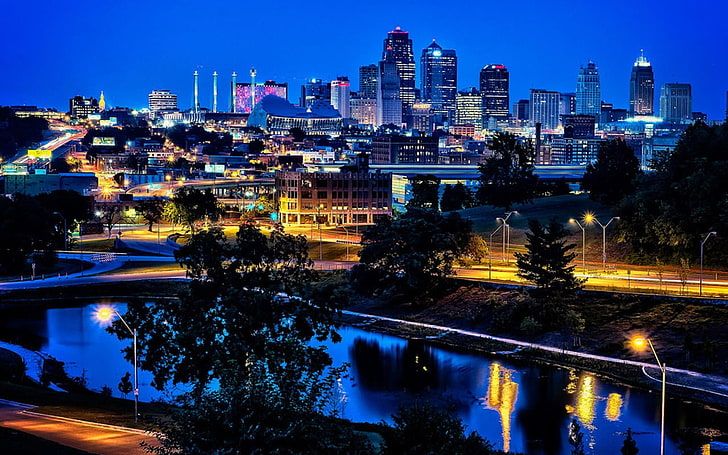
3. **Kansas City SubTropolis, Missouri**Forget dusty, decaying tunnels; Kansas City’s SubTropolis is a thriving, futuristic marvel that completely redefines the concept of an underground city. Unlike the subterranean relics of old, SubTropolis is a massive, modern industrial park spanning an astonishing 55 million square feet. This isn’t just a big cave; it’s the largest underground business complex in the entire world, and it’s buzzing with activity deep beneath the bluffs of the Missouri River.
The origins of SubTropolis are as fascinating as its present-day operations. This colossal man-made limestone cave system was originally carved out by limestone miners, leaving behind a naturally cool and consistently temperate environment. Recognizing its immense potential, the Hunt Midwest company developed the concept in the 1960s, transforming what could have been a forgotten quarry into a hub of commerce and innovation.
What makes SubTropolis truly unique is its naturally stable climate, maintaining a consistent temperature of around 65°F (18°C) year-round. This makes it ideal for storing sensitive materials and housing a wide variety of businesses. Today, SubTropolis is home to everything from government records and cloud computing servers to a U.S. Postal Service distribution center, Hallmark, and Ford Motor Company. It’s a testament to repurposing old spaces for new, highly efficient uses.
The sheer scale of SubTropolis is difficult to grasp until you realize it has its own roadways, truck docks, and even rail access, functioning like a fully independent underground city. For a complex that operates almost entirely below the surface, it is astonishingly high-tech, even boasting its own zip code. It offers a fascinating glimpse into the future of commercial real estate and a testament to Kansas City’s innovative spirit.
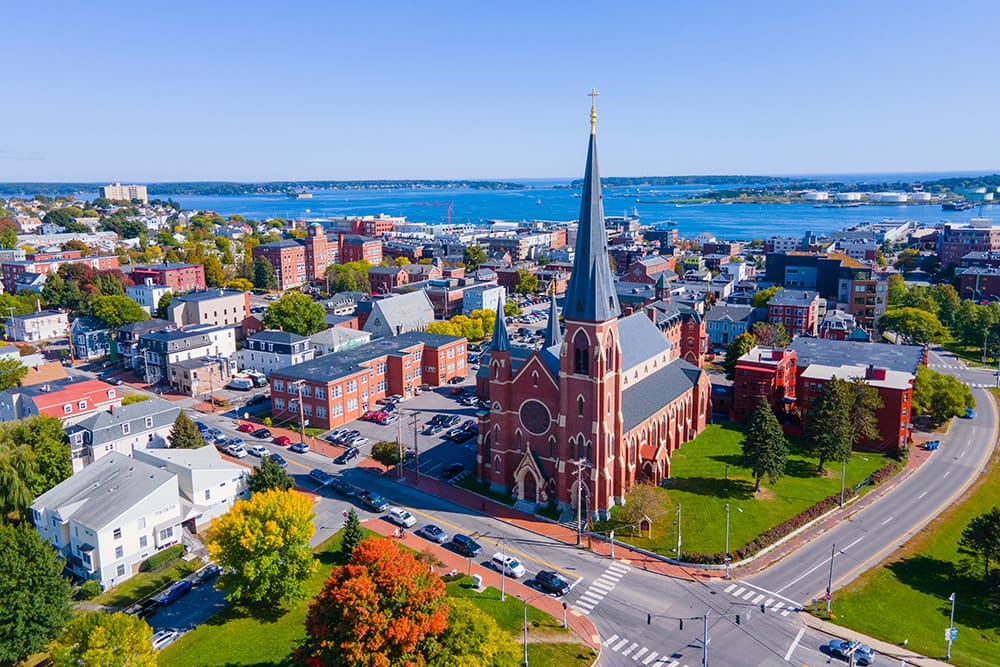
4. **Portland Shanghai Tunnels, Oregon**Nicknamed the “Portland Underground,” the infamous Shanghai Tunnels beneath Portland’s Old Town whisper a much darker and more unsettling story than some of America’s other subterranean secrets. These brick-lined corridors, originally built in the late 1800s and early 1900s, were designed for practical purposes: moving goods from ships docked in the busy port to the basements of downtown businesses, avoiding street-level congestion. However, their legacy took a sinister turn.
During that era, Portland was a bustling, often dangerous, port city. The tunnels became inextricably linked with the chilling practice known as “Shanghaiing.” The lore suggests that men were allegedly kidnapped, drugged, and smuggled through this hidden network onto ships bound for Asia, essentially forced into labor at sea. This dark chapter paints a picture of a city with a shadowy underbelly, where fortunes were made and lives were lost in the dimly lit passages below.
While historians continue to debate the exact extent and prevalence of this “Shanghaiing” lore, the tunnels themselves are very real and their existence undeniable. Today, these mysterious brick-lined corridors offer haunting tours that delve deep into these legends, filling visitors with tales of clandestine brothels, opium dens, and indeed, the harrowing stories of human trafficking that allegedly occurred here.
A journey through the Shanghai Tunnels is a chilling reminder of how shadowy the past can be, even beneath one of America’s seemingly hippest and most progressive cities. It’s an exploration into a labyrinth of narrow passageways and hidden rooms, providing a unique glimpse into a bygone era when the line between legitimate commerce and illicit activity was often blurred, leaving an unforgettable impression on all who venture below.

5. **Chicago Pedway, Illinois**Deep beneath Chicago’s notoriously icy winter winds lies a warm, dry lifeline for thousands of commuters and pedestrians: the Chicago Pedway. This extensive and vital 40-block network of underground tunnels and overhead skyways connects more than 50 buildings in the bustling downtown Loop. It seamlessly links City Hall, numerous hotels, major shopping centers, and crucial transit stations, making it an indispensable part of daily urban navigation.
The concept for the Pedway was ingenious, originally designed in the 1950s to help pedestrians avoid the intense street-level congestion and the harsh, unpredictable Chicago weather. Over the decades, it grew piecemeal, evolving into the sprawling subterranean pathway it is today. This organic growth means that parts of it feel like a fascinating labyrinth, with vintage signage, strangely quiet corners, and architectural echoes of 1970s design blending with more modern sections.
While it might not be a “city” in the traditional sense, during rush hour or a fierce snowstorm, the Pedway absolutely feels like one. It’s a bustling microcosm of Chicago itself, vibrant with life, energy, and its own unique kind of urban culture. You’ll find everything from food courts and convenience stores to fitness centers down there, offering refuge and amenities to those navigating the city.
For both locals and visitors, the Pedway provides a truly unique way to experience Chicago from a different perspective. It’s not just a convenient route; it’s an adventure, allowing you to bypass the elements and discover hidden shops and eateries. Exploring this underground system offers a fascinating insight into the city’s forward-thinking urban planning and its continuous adaptation to its challenging climate.
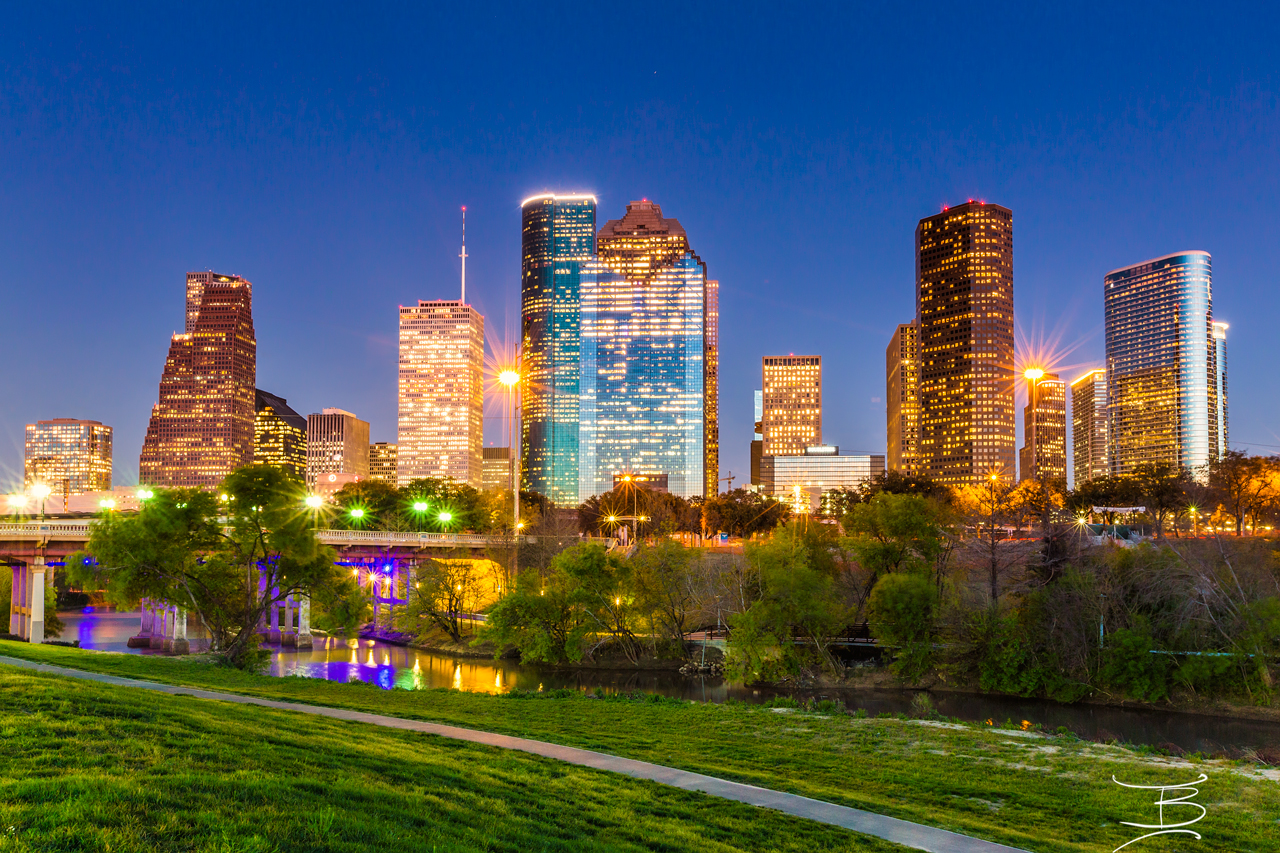
6. **Houston Tunnel System, Texas**You might not expect car-loving Houston, a city synonymous with vast highways and sprawling development, to possess one of the most extensive pedestrian tunnel networks in the entire country. Yet, it does, and it’s a modern marvel of urban convenience. Stretching more than 6 miles beneath the city’s downtown, the Houston Tunnel System connects an impressive 95 city blocks, serving thousands of office workers daily as a vital subterranean artery.
This remarkable system began rather modestly in the 1930s, conceived simply as a link between two movie theaters. However, over the decades, it has evolved dramatically, transforming into a full-blown subterranean metropolis. Far from being just a walkway, it features everything a thriving community needs: from banks and barber shops to bustling food courts and even fine dining establishments, all accessible without ever needing to step outside.
What truly makes the Houston Tunnel System a godsend for its users is its climate-controlled environment. In a city famous for its sweltering heat, these air-conditioned tunnels offer immense relief and a practical, comfortable route through downtown. For Houstonians in the know, especially those working in the towering skyscrapers above, the tunnels are an essential part of daily life, making their commutes and errands infinitely more pleasant.
While the tunnels are a hive of activity during weekdays, bustling with life and commerce, they are notably closed on weekends, which means tourists often miss this fascinating aspect of Houston’s urban landscape. However, for those who do get to experience it, this innovative network stands as a testament to Houston’s practical approach to urban design, making the city’s intense heat much more manageable for its residents and workers.
Read more about: Unveiling 13 Global Icons: The Most Famous Personalities Shaping Our World in 2025
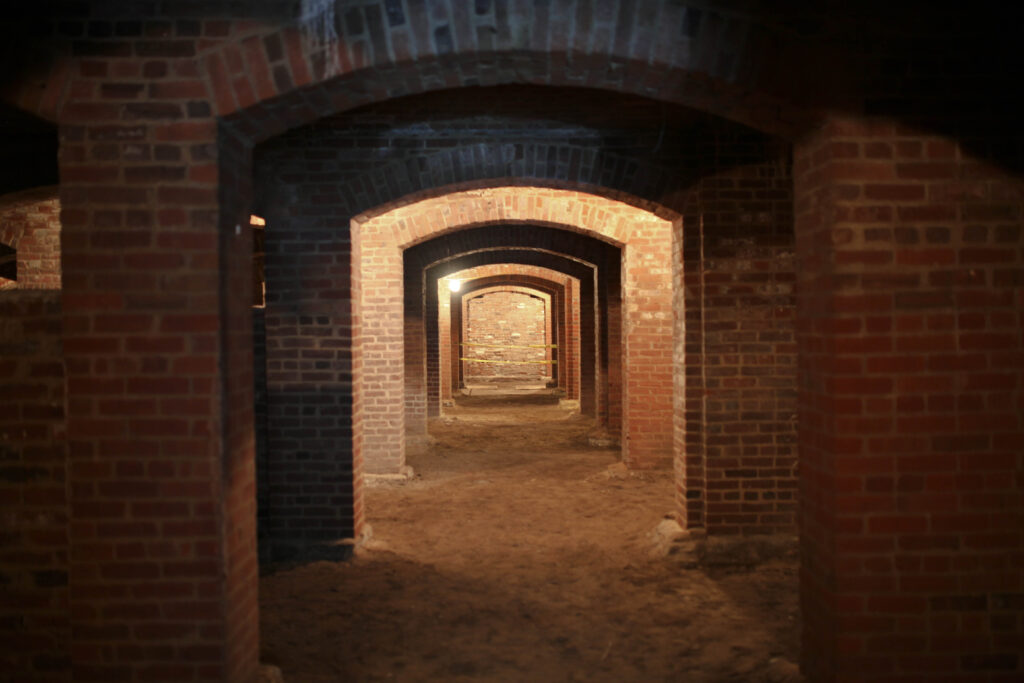
7. **Indianapolis Catacombs, Indiana**Beneath the bustling Indianapolis City Market lies a network of century-old catacombs, a fascinating and somewhat mysterious remnant of the city’s industrial past. Contrary to what the name might suggest, these underground passageways were never used for burials. Instead, they tell a unique story of urban infrastructure, having been constructed in the late 19th and early 20th centuries primarily to transport and store meats and produce for market sales.
These subterranean tunnels played a crucial role in facilitating the city’s bustling economy, providing a cool, secure, and stable environment for perishable goods before the widespread availability of refrigeration. Imagine merchants moving fresh produce and prime cuts of meat through these brick archways, keeping them perfectly preserved for the eager crowds above. It was an ingenious solution to a very practical problem of the era.
The catacombs also bear scars from the city’s history. In 1958, a devastating fire destroyed portions of the underground network, along with most of the iconic Tomlinson Hall located above ground. Over the years, the underground space also served a different, more somber purpose, becoming a refuge for homeless individuals seeking shelter during harsh winter storms, adding another layer to their poignant history.
Today, while much of the Indianapolis Catacombs remain closed off to the general public, their historical significance endures as a mysterious and compelling part of the city’s urban landscape. Guided tours, however, offer a chance to explore them and uncover this hidden history below the bustling market. These hidden tunnels stand as a testament to the city’s evolution and its resilience, adapting to both practical challenges and unpredictable events, cementing their place as a truly unique piece of American history.
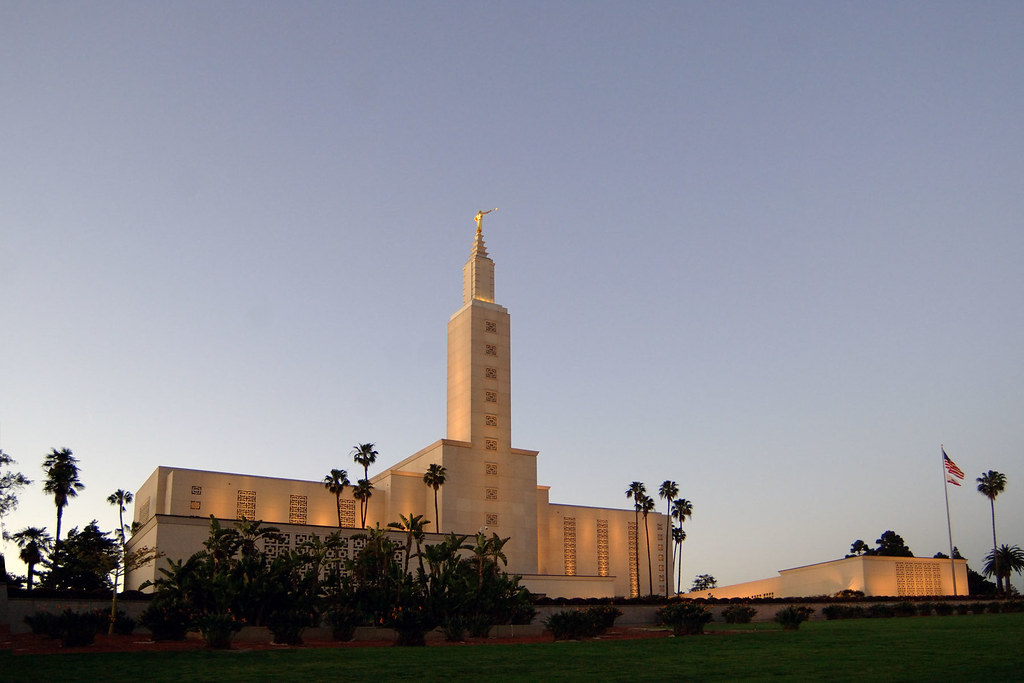
8. **Los Angeles: Old Subway Tunnels and Secret Passages**Beneath the glittering facade of Los Angeles, a hidden network of old subway tunnels and secret passages tells a story far removed from Hollywood glamour. Many residents might not even realize that LA’s early subway system still exists, now buried deep beneath the bustling metropolis. Abandoned since the 1950s, these tunnels hold captivating echoes of a bygone era in the city’s transit history.
Yet, the city’s subterranean secrets extend beyond defunct public transport. Los Angeles is also home to a network of secret tunnels with a storied, often illicit past. These passages gained notoriety during the Prohibition era, allegedly used to transport liquor discreetly to speakeasies and other clandestine venues, offering a glimpse into a hidden side of the city’s history that thrived away from the public eye.
While many of these tunnels are located beneath Downtown LA and are not easily accessible to the general public, select guided tours occasionally open them up. These tours delve into the compelling tales of bootleggers, mobsters, and the determined law enforcement officers who tried to catch them, painting a vivid picture of a city with a complex moral landscape.
Beyond Prohibition-era escapades, these tunnels also served practical purposes, facilitating the transportation of goods and even the discreet movement of prisoners between courthouses and jails. Exploring these underground passages offers a unique perspective on Los Angeles’ often tumultuous and always fascinating past, making it a compelling adventure for any history enthusiast.

9. **Washington, D.C.: Capitol and Federal Tunnels**In the heart of America’s capital, a vast network of tunnels stretches for miles beneath Washington, D.C., connecting government buildings, subway stations, and offices. Often referred to as the D.C. Underground, this system provides a secure and highly efficient way for government workers, including members of Congress, to navigate the city without confronting traffic or the capital’s often unpredictable weather.
This intricate subterranean world, located 20 to 30 feet below ground, was built to ensure the continuous and seamless operation of government. It’s a testament to strategic urban planning, designed to provide a discreet and protected environment for thousands of federal employees to conduct their daily business, unseen by the general public.
More than just pathways, this underground network functions like a mini-city, complete with amenities such as restaurants, food courts, and shops. These conveniences make it an integral and highly functional part of daily life for those who work in the capital, offering everything needed within a secure and climate-controlled environment.
While a significant portion of this federal network remains off-limits to the public for security reasons, occasional special tours and events do provide access to certain sections. These rare opportunities offer fascinating insights into the tunnels’ history and function, revealing how they have been utilized during national crises and for routine operations, underscoring their critical role in national security.
Additionally, Washington, D.C. boasts other intriguing underground sites, such as the Dupont Circle Tunnels. Once part of the city’s streetcar system, these tunnels have since been repurposed for art installations and other creative uses, adding another unique dimension to the capital’s diverse underground landscape.
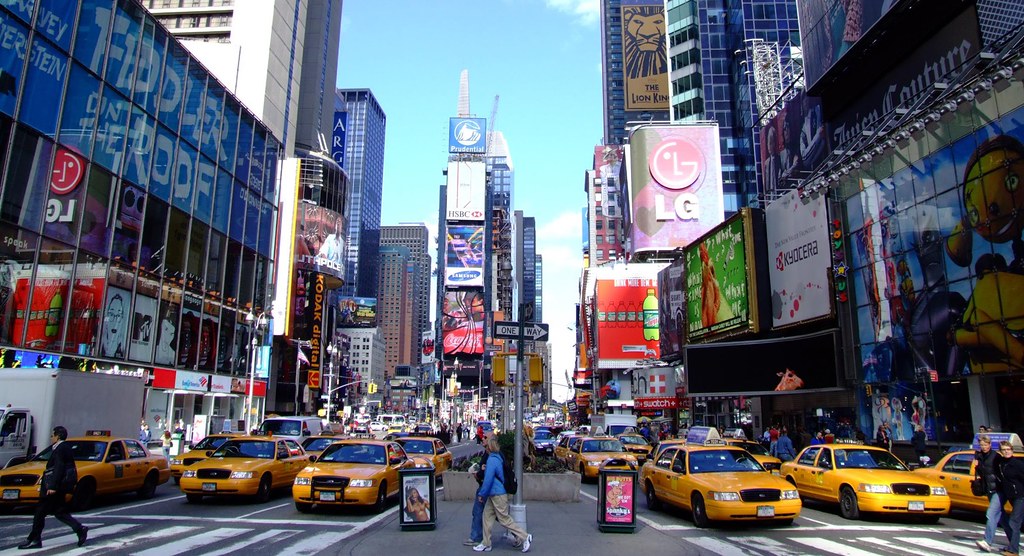
10. **New York, New York: Hidden Subway Stations and the Freedom Tunnel**New York City’s iconic subway system, one of the most extensive in the world, holds more than its daily commuters and endless tracks; it also harbors hidden stations and abandoned tunnels that ignite the urban imagination. Among these relics is the City Hall Station, a beautifully preserved masterpiece from the early 20th century, no longer in use but glimpsed on certain exclusive tours.
This stunning station, with its elegant arches and skylights, offers a stark, artistic contrast to the more utilitarian designs of modern subway stops. It stands as a vivid reminder of a bygone era when public transportation in New York was conceived with as much attention to aesthetic beauty as it was to functional efficiency. While officially closed to the public, a special secret allows passengers on the Downtown 6 train to catch a fleeting glimpse by staying on as it loops back to the uptown platform.
The city’s subterranean world also includes the intriguing Freedom Tunnel, once a vital part of New York’s freight train system. Today, this tunnel has transformed into a canvas for vibrant graffiti art and a repository of urban history. Occasional guided tours lead visitors through this unique space, blending the city’s forgotten industrial past with the dynamic street art that has redefined its purpose.
Beneath the very fabric of New York City lies a sprawling subterranean layer, sometimes dubbed “Mini Manhattan,” a vast network of tunnels, basements, and utility spaces spanning the entire island. Reaching depths of up to 200 feet, this underground realm supports the city’s complex infrastructure, transportation, and even its nightlife. The New York City Subway, covering an incredible 665 miles of track, is arguably its most prominent feature, with some stations, like 191st Street, burrowed 180 feet below ground.
These numerous other abandoned tunnels and stations, scattered throughout the city, have occasionally been repurposed for art installations or other creative endeavors, adding layers of intrigue to the city’s underground landscape. Exploring these hidden gems provides a unique and profound perspective on New York’s rich and incredibly varied history, often literally at your feet.

11. **Louisville, Kentucky: The Mega Cavern**What was once a massive limestone quarry beneath Louisville, Kentucky, has been spectacularly transformed into the Louisville Mega Cavern, an underground adventure destination that redefines the concept of repurposing industrial sites. This expansive subterranean space offers thrill-seekers and curious visitors a truly unique experience, boasting zip lines, tram tours, and even an underground bike park.
Spanning over an astonishing 4 million square feet, the Mega Cavern maintains a consistent temperature of 58 degrees Fahrenheit year-round. This natural climate control makes it an ideal attraction regardless of the season, offering a cool escape in summer and a mild retreat in winter. The cavern’s sheer scale and stable environment make it perfect for a multitude of activities.
For those seeking an adrenaline rush, the zip-line tour takes you soaring through some of the cavern’s most impressive sections, providing a thrilling, bird’s-eye perspective on the underground landscape. If a more leisurely exploration is your style, the tram tour offers informative commentary on the cavern’s fascinating history, geology, and its current innovative uses.
Beyond the daily adventures, the Mega Cavern frequently hosts special events and seasonal attractions, including an awe-inspiring underground holiday light show. This versatile space continuously evolves, offering new and exciting experiences for every visitor. For anyone traveling through Louisville, the Mega Cavern is a must-visit destination, blending history, geology, and modern fun in one incredible subterranean package.
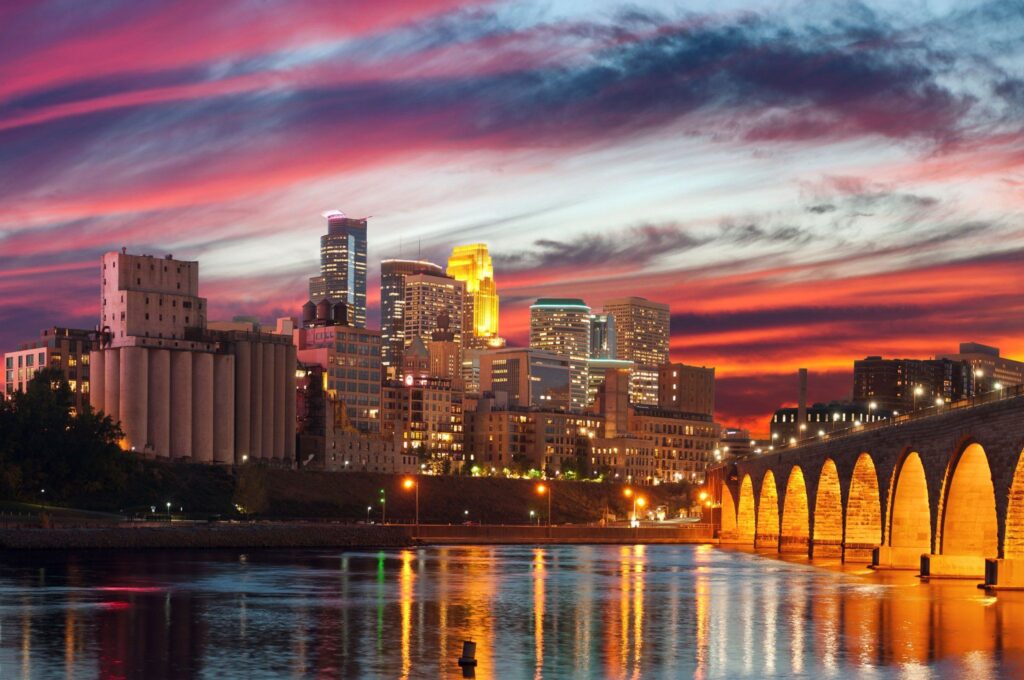
12. **St. Paul, Minnesota: The Wabasha Street Caves**Deep beneath the bustling streets of St. Paul, Minnesota, lie the Wabasha Street Caves, a hidden world steeped in intrigue and whispers of Prohibition-era gangster lore. These aren’t natural caves, but rather man-made sandstone excavations that, during the Roaring Twenties and beyond, served as infamous speakeasies, high-stakes casinos, and secure hideouts for some of America’s most notorious criminals.
During the Prohibition era, when alcohol was outlawed, these cool, damp caves became a sanctuary for illicit activities. Imagine jazz music echoing through the chambers, the clinking of hidden glasses, and the hushed conversations of mobsters as they plotted their next moves, all taking place just meters beneath the unsuspecting city above. It was a time when the underground truly came alive with a vibrant, albeit illegal, social scene.
Stories abound of famous figures like Al Capone himself frequenting these very caves, drawn by the anonymity and protection they offered. The Wabasha Street Caves became a legendary hotspot where the lines between legitimate business and the criminal underworld blurred, creating a rich tapestry of urban folklore that persists to this day.
Today, guided tours offer a captivating journey into this shadowy past. Visitors can explore the very rooms where history and legend intertwined, hearing enthralling tales of notorious criminals and the clandestine operations that defined an era. It’s a chilling yet fascinating reminder of St. Paul’s wilder days and the secrets held within its subterranean depths.

13. **Cincinnati, Ohio: The Brewing Tunnels**Cincinnati’s rich industrial heritage comes to life beneath its streets in a network of historic brewing tunnels, once vital to the city’s identity as a major beer capital. During the 19th and early 20th centuries, the city’s unique topography, with its abundant hills, proved ideal for carving out extensive lagering tunnels directly into the bedrock. These subterranean passages maintained the consistent cool temperatures essential for fermenting and storing beer before modern refrigeration became widespread.
These vast underground networks were not merely storage spaces; they were the arteries of Cincinnati’s booming brewing industry. Some tunnels stretched for miles, connecting multiple breweries to each other and even extending to riverfront docks, facilitating the efficient distribution of their products. They were integral to the immense success that earned Cincinnati the nickname “Beer Capital of the World,” fueling both its economy and its vibrant culture.
While many of the historic breweries that once dominated Cincinnati’s skyline have long since vanished, a significant portion of their underground infrastructure remarkably remains intact. These cool, damp passages offer a tangible link to an era when the city’s underground hummed with industrious activity, showcasing the ingenuity of early brewers.
Today, guided tours provide a unique opportunity to explore these fascinating subterranean spaces. Visitors can step back in time to understand the immense scale of Cincinnati’s brewing operations and witness firsthand how the city helped shape the nation’s culture, one barrel of lager at a time. It’s a compelling journey into a delicious piece of American history.

14. **San Francisco, California: Fort Mason Tunnels**Beneath the iconic Fort Mason in San Francisco lies a series of once-secret tunnels with deep roots in military history, particularly dating back to World War II. These strategic passageways, built to bolster the defense of the vital Bay Area, now stand open to the public, inviting visitors to step inside and imagine the immense significance they held in national defense during a period of global conflict.
Fort Mason itself played a crucial role during WWII, serving as a primary port of embarkation for American troops and supplies heading to the Pacific theater. The construction of these underground tunnels was a critical strategic move, designed to enhance the area’s defenses and facilitate covert movements of personnel and materials, shielding them from potential enemy observation or attack.
This subterranean network was part of a larger, sophisticated defensive system, underscoring San Francisco’s vital position as a gateway to the Pacific and its importance in national security. The tunnels allowed for rapid and secure logistical operations that were paramount to the war effort, enabling critical movements to happen unseen and undisturbed.
Today, exploring these quiet, historic corridors offers a uniquely educational experience, transporting visitors back to a pivotal moment in American and world history. As you walk through these preserved passages, you can almost hear the echoes of soldiers and visualize the immense logistical efforts that took place here, all contributing to the protection of the nation.
From the secret passages of government to the lively hubs of adventure parks, and from abandoned transit routes to historical brewing cellars, America’s underground cities are far more than just forgotten relics. They are dynamic spaces that continue to evolve, reflecting our past ingenuity and pointing towards fascinating future possibilities. Whether preserving crucial history, offering new urban solutions, or simply providing a unique adventure, these subterranean marvels remind us that sometimes, the most extraordinary discoveries are made when we dare to look beneath the surface. So, next time you’re exploring a bustling U.S. city, remember to consider the hidden worlds beneath your feet – you might just be standing on a piece of incredible history!



